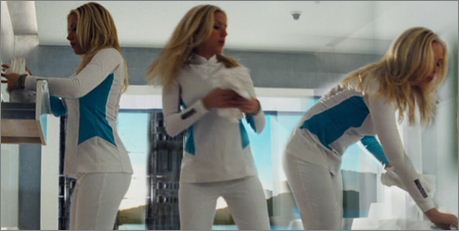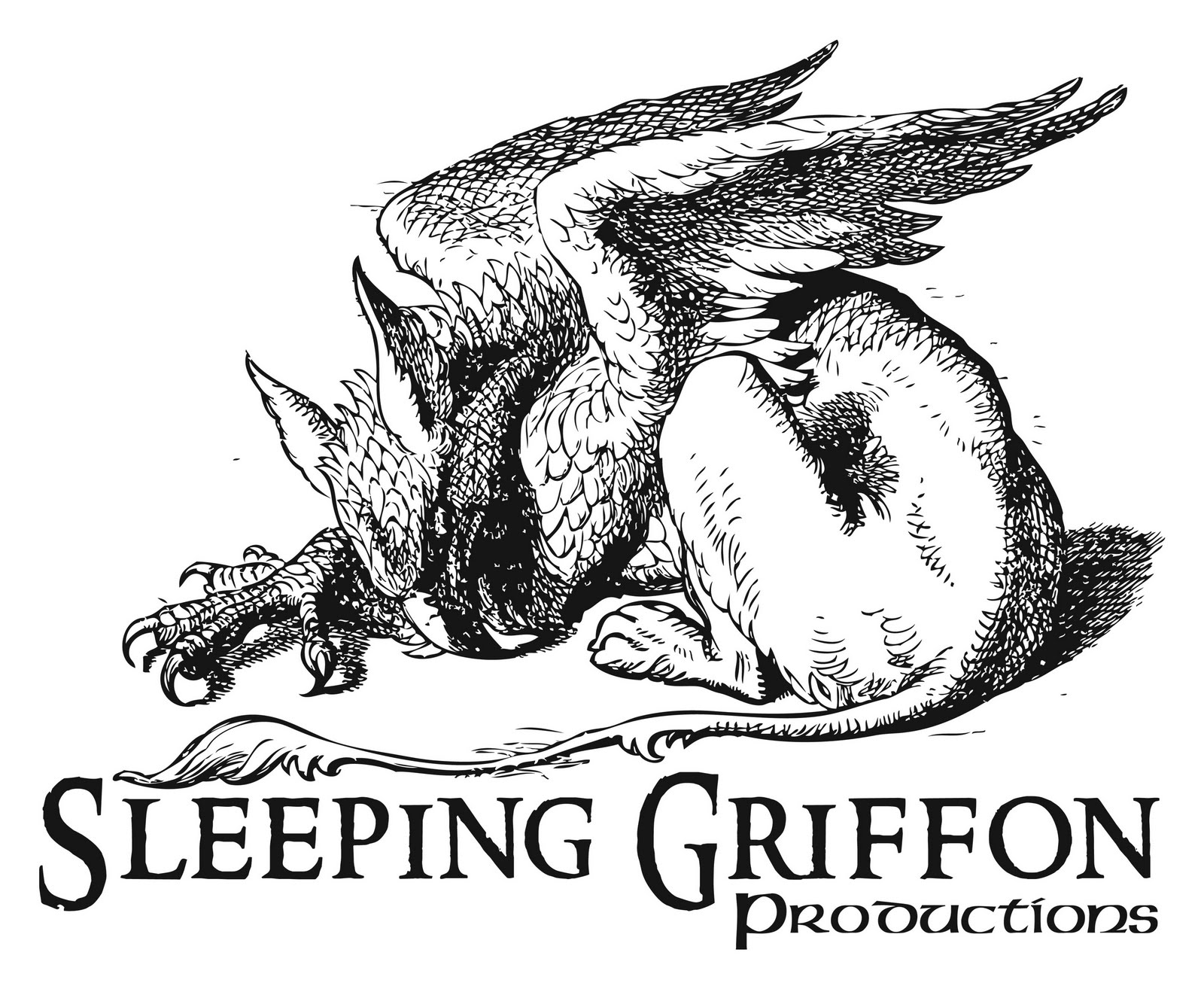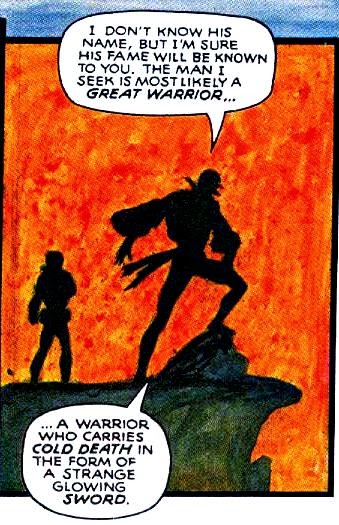Afronosky's
Noah resembles the Biblical account of his life and exploits in a roughly analogous manner to how the original
Clash of the Titans resemble the story of Perseus--and it's all the more gameable for it.
Like the Biblical narrative, the film takes place in a mythic Antediluvian past, though the film's is decidedly post-apocalyptic with barren landscapes thanks to rapaciousness of the descendants of Cain. All in that roughly made yet unusually modern-looking clothing seen in post-Apocalypse's from the
Planet of the Apes TV show to
Waterworld. Noah and his fellow descendants of
Seth have been hunted and killed by bands of the more technologically advanced tribes of Cain. Noah is the last survivor, trust trying to hideout with his wife and kids, living a low-impact, vegetarian lifestyle.
Then the Creator decides he's had enough. He starts sending Noah prophetic dreams (Noah's gets a bit of help in interpreting these after (possibly) being slipped an entheogenic brew by his grand-dad, Methuselah). There's going be a world-killing flood, and he's got to build a boat.
Noah gets some help from the
Watchers, imprisoned in giant, rocky forms, and a the last seed from the Garden of Eden, which grows an instant forest for lumber. Then the odd, not-quite-the-animals-we-know, start showing up in droves.
All does not go smooth though, as hordes of human refugees under the command of the warrior-king,
Tubal-cain show up to try and storm the ark, and Noah's wifeless son begins to have second thoughts about this "only family left on earth" thing.
I won't spoil the ending, but I suspect you know how it turns out.
While a lot of this film is devoted to the sort of drama than Afronosky is typically known for, a lot of the elements the film adds to the tale seem like the sort of thing Jack Kirby would have done, even if they're not wrapped in typical Kirby presentation: fiery angels trapped in misshapen rock bodies, a post-Apocalyptic prehistory,
zohar stones that provide light and fire.
If it's more your thing, there's also a
graphic novel version.
























































